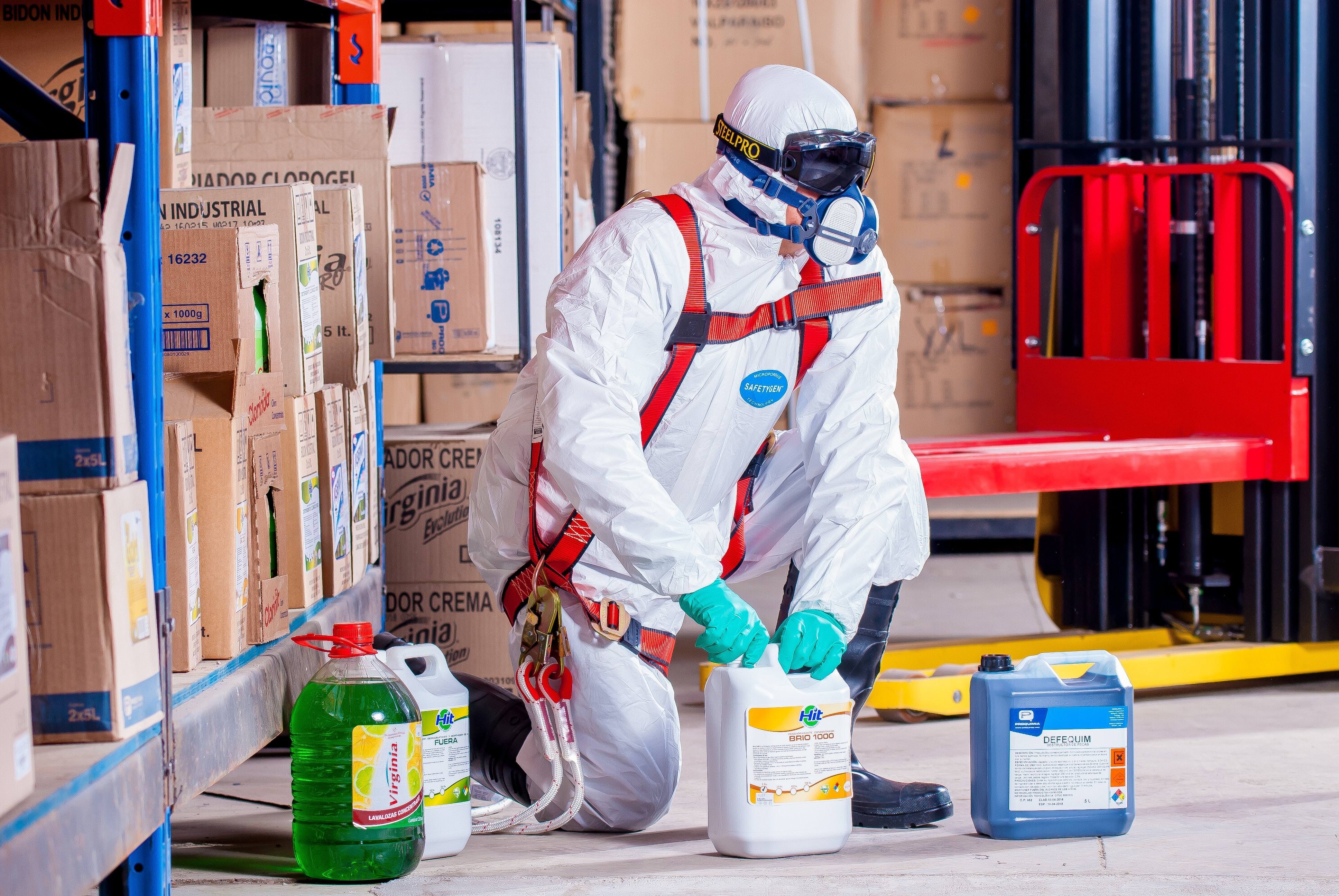
Formaldehyde is a colorless, strong-smelling gas that is widely used in various industries and household products. It is a known carcinogen and can cause respiratory issues and other health problems if present in high concentrations. Therefore, testing for formaldehyde is important to ensure safety and compliance with regulations. Here are some key points to consider when it comes to formaldehyde testing.
Ormaldehyde Testing Methods
Testing methods for formaldehyde include air sampling, surface sampling, test kits, and direct-reading instruments. Air sampling involves collecting air samples using sorbent tubes or passive samplers and analyzing them in a laboratory. Surface sampling tests materials or objects for formaldehyde emissions using chambers or swabs. Test kits offer preliminary screening through color changes in the presence of formaldehyde but may have varying accuracy. Direct-reading instruments provide real-time measurements of formaldehyde levels using sensors or colorimetric tubes. Professional testing by certified laboratories or environmental consultants is recommended for accurate and comprehensive formaldehyde testing.
Advantages of Ormaldehyde Testing
Formaldehyde testing offers several advantages in ensuring safety and compliance.
Health Protection: Testing helps identify and quantify formaldehyde levels, enabling proactive measures to protect individuals from potential health risks associated with formaldehyde exposure.
Regulatory Compliance: Formaldehyde testing ensures compliance with regulations and standards set by organizations, such as permissible exposure limits in workplaces or emission standards for consumer products.
Source Identification: Testing helps identify specific sources of formaldehyde, such as building materials or products, facilitating targeted interventions to mitigate formaldehyde emissions.